Home »
Misc »
How to avoid injury in basketball
How to avoid injury in basketball
Preventing and Treating Basketball Injuries
Basketball is fun for everyone, from young kids to grown-ups. As with any sport, there is a risk of injury when you play basketball. Here are some tips to help you prevent injuries. If you do get hurt, this page also explains how to treat some of the more common injuries.
Injury Prevention Tips
- Wear gym shoes that fit snugly, are non-skid and have high tops.
- Use a mouth guard, ankle braces and safety glasses.
- Warm up and stretch before each session.
- Use proper technique and follow the rules.
- Do not wear jewelry.
- Play on a clean, dry, safe surface.
- If you are injured, take the time needed to heal before you return to sports.
Ankle Sprains
Ankle sprains occur most often when you land on another player's foot. In most cases, the ankle turns inward. Pain around the bony bump on the outside of your ankle is normal. You may have swelling and/or bruising.![]() Your ankle may feel unstable.
Your ankle may feel unstable.
Treat ankle sprains with the R.I.C.E. method.
R.I.C.E. method
- Rest the injured area.
- Ice the injured area for 20 minutes every 2 hours.
- Apply a Compression wrap (like an Ace bandage) to reduce swelling.
- Elevate the injured area to a level above the heart.
Knee Sprains
Knee sprains can be caused by a sudden stop or change in direction. They can happen with or without contact from another player. Your knee may feel like it popped or gave out and may feel unstable after injury. The pain may be in one small spot or throughout the whole knee. Swelling may occur within the joint, feeling like pressure behind the kneecap or in the joint itself. Swelling may or may not be visible.
Treat knee sprains with the R.I.C.E. method. If your knee is very unstable, you have a lot of pain or your knee is swollen, popping or clicking, see a doctor to make sure you don't have serious ligament damage
Head and Face Wounds
Head and face wounds often occur due to a direct blow from another player.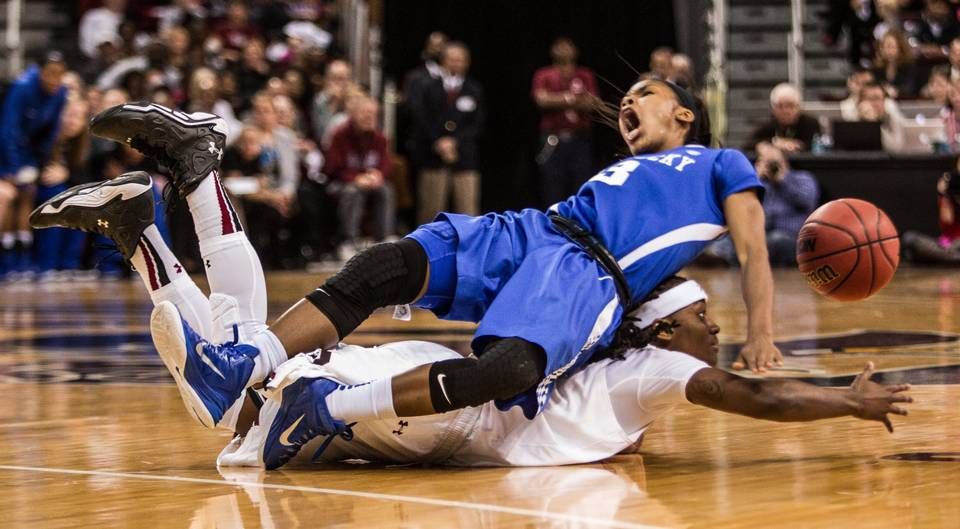 The eyes, mouth, chin and nose are easy to injure. Head and face wounds bleed a lot.
The eyes, mouth, chin and nose are easy to injure. Head and face wounds bleed a lot.
Apply direct pressure to the site of the injury to control the bleeding. Wounds that are jagged, gaping open, very deep or wide or won't stop bleeding may require stitches. In these cases, go to the emergency room right away.
Coaches, athletic trainers and players should make sure that clothing and the playing surface are cleaned well before play continues.
Concussions
Concussions can happen with or without a loss of consciousness, or being "knocked out." If your child or teen may have a concussion, they need to stop playing right away. They cannot return to practice or play in a game until they are evaluated and given a written note by a doctor or other licensed healthcare provider trained in the evaluation and treatment of concussions.
Some signs and symptoms of concussion are confusion; problems with vision, memory, speech or balance; change in behavior or personality; headache; upset stomach or throwing up; sensitivity to light or sound; and feeling more tired than usual.
Muscle Injury
Muscle injuries can happen from overuse or lack of flexibility. Some muscle injuries may come with swelling, bruising and a visible indent in the muscle.
Treat muscle injuries using the R.I.C.E. method. For a minor overuse muscle injury, also try light stretching.
Bruises
Bruises are caused by a direct blow or collision with another athlete.
Treat bruises using the R.I.C.E. method. Light stretching and use of the joints above and below the injury can help prevent stiffness and pain.
Jammed Fingers
It is common to jam a finger while playing basketball. Soak the hand in cold water for 20 minutes. You can protect the jammed finger by using medical tape to tape it to the next finger. This is called "buddy taping."
To Learn More
- Seattle Children's Orthopedics and Sports Medicine, 206-987-2109
- Your child's healthcare provider
Basketball Injury Prevention - OrthoInfo
According to the National Center for Health Statistics, part of the Centers for Disease Control and Prevention (CDC), from 2011 to 2014, there were an estimated 851,000 basketball-related injuries in people 5 years of age and older — the highest number of injuries in a single sport during that period.
The fast-paced action of basketball can cause a wide range of injuries, most often to the foot, ankle, and knee. Common basketball injuries include:
- Sprained ankle
- Achilles tendinitis or Achilles tendon rupture
- Knee injuries, such as patellofemoral pain syndrome (also known as "jumper's knee"), medial collateral ligament (MCL) tears, and anterior cruciate ligament (ACL) tears
- Muscle strains, including hamstring and quadriceps injuries
- Jammed fingers/finger fractures
- Stress fractures in the foot and lower leg.
- Concussion, which can be caused by a collision with another player or hitting your head on the floor
Several strategies can help to prevent basketball injuries — from careful inspection of the play area to using proper passing techniques.
- Maintain fitness. Be sure you are in good physical condition at the start of basketball season. During the off-season, stick to a balanced fitness program that incorporates aerobic exercise, strength training, and flexibility.
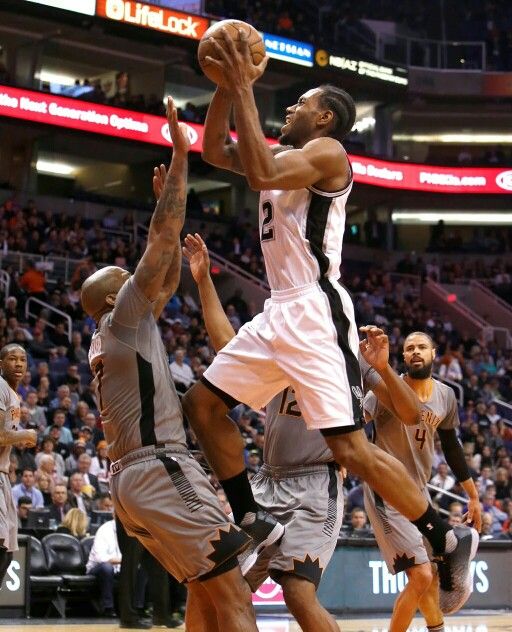 If you are out of shape at the start of the season, gradually increase your activity level and slowly build back up to a higher fitness level.
If you are out of shape at the start of the season, gradually increase your activity level and slowly build back up to a higher fitness level. - Warm up and stretch. Always take time to warm up and stretch. Research studies have shown that cold muscles are more prone to injury. Warm up with jumping jacks, stationary cycling or running or walking in place for 3 to 5 minutes. Then slowly and gently stretch, holding each stretch for 30 seconds.
- Hydrate. Even mild levels of dehydration can hurt athletic performance. If you have not had enough fluids, your body will not be able to effectively cool itself through sweat and evaporation. A general recommendation is to drink 24 ounces of non-caffeinated fluid 2 hours before exercise. Drinking an additional 8 ounces of water or sports drink right before exercise is also helpful. While you are exercising, break for an 8-ounce cup of water every 20 minutes.
- Play only your position and know where other players are on the court to reduce the chance of collisions.

- Do not hold, block, push, charge, or trip opponents.
- Use proper techniques for passing and scoring.
- Do not forget sportsmanship.
- Select basketball shoes that fit snugly, offer support, and are non-skid.
- Ankle supports can reduce the incidence of ankle sprains.
- Protective knee and elbow pads will protect you from bruises and abrasions.
- Use a mouth guard to protect your teeth and mouth.
- If you wear glasses off the court, swap them for sports glasses or goggles during practices and games to protect your eyes from injury.
- Do not wear jewelry or chew gum during practice or games.
- Outdoor courts should be free of rocks, holes, and other hazards. Indoor courts should be clean, free of debris, and have good traction.
- When playing outside, you must consider environmental conditions. Avoid playing in extreme weather (very hot or very cold) or on courts that are not properly lit in the evening.

- Baskets and boundary lines should not be too close to walls, bleachers, water fountains, or other structures. Basket goal posts, as well as the walls behind them, should be padded.
- Coaches should be knowledgeable about first aid and be able to administer it for minor injuries, such as small facial cuts, bruises, or minor strains and sprains.
- Be prepared for emergencies. All coaches should have a plan to reach medical personnel for help with more significant injuries such as concussions, dislocations, severe sprains, abrasions (skin wounds), and fractures.
An injured player's symptoms must be completely gone before returning to play. For example:
- In case of a joint problem, the player must have no pain or swelling, full range of motion, and normal strength.
- In case of concussion, the player must have no symptoms at rest or with exercise and should be cleared by the appropriate medical provider. Most providers use concussion protocols to ensure safe return to play.
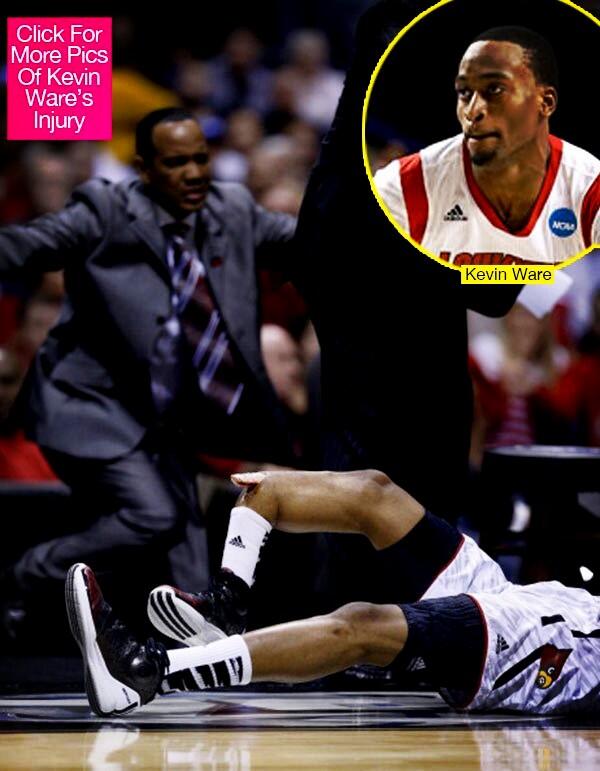
Because many young athletes are focusing on just one sport and are training year-round, doctors are seeing an increase in overuse injuries. The American Academy of Orthopaedic Surgeons has partnered with STOP Sports Injuries to help educate parents, coaches, and athletes about how to prevent overuse injuries.
Specific tips to prevent overuse injuries include:
- Limit the number of teams on which your child is playing in one season. Kids who play on more than one team are especially at risk for overuse injuries.
- Do not allow your child to play one sport year-round — taking regular breaks and playing other sports are essential to skill development and injury prevention.
To Top
Injuries in basketball - types of injuries, their causes and prevention
According to statistics, every third basketball player during his sports career faces five mild, two moderate and one severe injuries. Injuries in basketball can put a player out of action for a long time, and therefore special attention in this sport should be paid to the prevention of player injuries.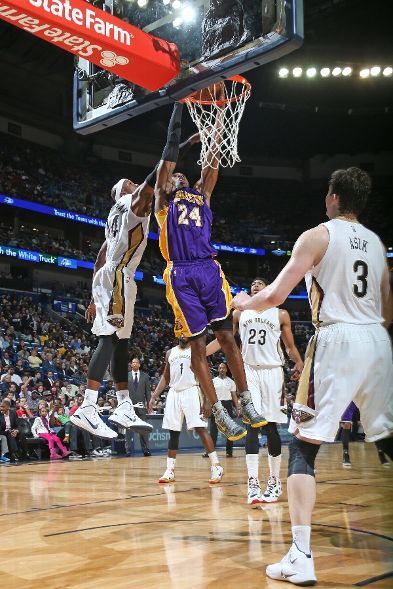
Consider what kind of injuries in basketball, and what rules must be followed to avoid them.
The most common injuries when playing basketball
Abrasions and bruises are, of course, the most common injuries when playing basketball. Such injuries do not require specialized treatment and it is enough for the player to treat the wound and, if necessary, apply a cold compress. But there are more serious injuries in this sport.
Most common basketball injuries and first aid:
- Anterior cruciate ligament tear. With this injury, the player's knee loses stability and may move to the side. The main causes of ACL rupture are abrupt stop, unsuccessful landing and lateral movement. First aid for torn ligaments - applying cold to prevent swelling and immobilize the joint. The victim must be urgently taken to the hospital for fixation of the joint. In case of untimely access to a doctor, treatment is carried out surgically;
- Ankle sprain. The main cause of a sprain is a sudden change in direction of movement, in which the foot turns inward or outward.
 In case of sprain of the ankle joint, first aid consists in applying cold to the injury site and complete rest for 48 hours in the position of the leg above the level of the body with the imposition of a fixing bandage. After the swelling is reduced, the athlete is required to wear a fixing bandage until complete recovery;
In case of sprain of the ankle joint, first aid consists in applying cold to the injury site and complete rest for 48 hours in the position of the leg above the level of the body with the imposition of a fixing bandage. After the swelling is reduced, the athlete is required to wear a fixing bandage until complete recovery; - Achilles tendonitis. Achilles tendon injuries are the most common injuries in basketball. Injuries occur when there is excessive stress on the foot while jumping. With a sharp pain in the heel area, it is required to immediately provide the athlete with peace and apply cold. Next, the victim must be shown to the doctor. Treatment consists in fixing the leg until complete recovery, followed by rehabilitation;
- Injuries of fingers. Despite the fact that in basketball the fingers receive a significant load, their injuries account for only about 11% of all injuries. Most often, players experience finger sprains and joint damage, but there are also fractures.
 First aid in case of damage to the finger - cold and see a doctor. For proper diagnosis and adequate treatment, an x-ray of the injured finger is required;
First aid in case of damage to the finger - cold and see a doctor. For proper diagnosis and adequate treatment, an x-ray of the injured finger is required; - Head injuries. Players receive such damage during collisions and falls. Most often, these are mild concussions. Even with a slight concussion, the victim must be taken to a medical facility. The recovery period depends on the severity of the injury and includes complete rest and taking prescribed medications.
Types of injuries in basketball
Injuries in basketball, as in any sport, are of three main types, they are:
- Acute. Such damage occurs when a sudden sharp overload of muscles or joints. In case of acute injury, the victim must be taken to the doctor as soon as possible. With timely medical care, full recovery occurs in 90% of cases;
- Chronic. Such types of injuries in basketball are most often the result of improper treatment, as well as the player entering the field contrary to the recommendations of doctors.
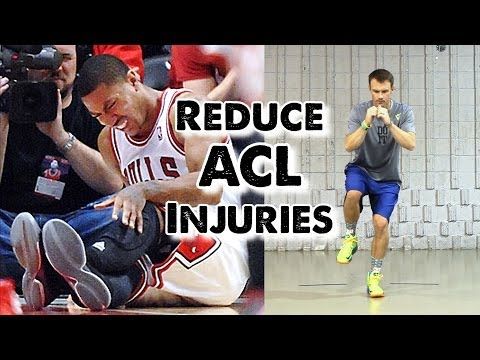 Chronic injuries are difficult to treat and it is not uncommon for a player to require surgery;
Chronic injuries are difficult to treat and it is not uncommon for a player to require surgery; - Fatigue. Fatigue damage occurs due to the constant load on certain muscle groups as a result of monotonous movements. The most common injury in basketball players is the knee and ankle.
Causes of injuries in basketball
Recent studies have shown that the causes of injuries in basketball often depend on the age category of players. For example, in children's basketball, craniocerebral injuries, bruises and fractures most often occur, while chronic and fatigue injuries predominate among representatives of adult basketball.
Causes of childhood injuries:
- Violation of the training schedule and technique;
- Neglect of warm-up and stretching;
- Disobedient players;
- Shortcomings in the organization of competitions;
- Poor equipment of sports halls.
Causes of adult injury:
- Early return to play after illness;
- Body overload;
- Violation of the training regimen;
- Rudeness during a duel;
- Overwork and overtraining.

These are the main causes of injuries in basketball, but there are also accidents that can lead to serious injuries, even if the player is disciplined and strictly follows all the recommendations of the coach.
That is why every basketball player should have reliable sports insurance. Athletes' insurance is a mandatory condition in professional sports; without a policy, an athlete cannot be allowed to participate in training camps and competitions. Particular attention should be paid to children's insurance.
In the insurance calculator you can calculate the cost of child insurance with 24/7 coverage and worldwide coverage.
Injury prevention in basketball
Every athlete should know how to avoid injuries in basketball, because following simple rules will help maintain health and build a successful sports career.
Accident prevention in basketball includes:
- Mandatory warm-up before practice;
- Compliance with the regime of exercise and rest;
- Compliance with doctor's recommendations in case of injury;
- Seek medical attention in a timely manner;
- Drinking habits;
- Compliance with diet;
- Compliance with all instructions of the coach;
- Acquisition of high-quality sportswear;
- Keeping a sports diary to track the results of classes.

Injuries in basketball are not uncommon, but by adhering to the rules of prevention, they can be easily avoided. If you are just planning to sign up for basketball or want to send your child to the section, check out the list of sections in our catalog. Here you can pick up a section in your city to start a sports career.
The 5 most common basketball injuries and how to prevent them
We'll take a look at the types of injuries most commonly seen in basketball players, according to the National Athletic Coaches Association report, to see what the numbers can tell us. As with most sports, sprains, deformities, and common injuries are all the nasty things that can happen, but this information doesn't tell you the interesting details. Let's take a closer look at what injuries basketball players usually get and what to do to avoid them.
1. Foot/ankle injuries
As stated in the report, lower extremity injuries were the most common, with foot or ankle injuries considered to be the most serious problems. This could have happened after an ankle slip or an awkward jump after a ball. Also, the player can accidentally stumble. Naturally, basketball makes athletes more prone to this kind of injury.
This could have happened after an ankle slip or an awkward jump after a ball. Also, the player can accidentally stumble. Naturally, basketball makes athletes more prone to this kind of injury.
Prevention: Ankle must be supported to prevent injury. Before entering the playground, make sure your shoes are suitable for this activity. Closed basketball shoes help prevent slipping on smooth playground surfaces. In general, a good pair of basketball shoes will create a higher profile and better ankle support. It will not be superfluous to tape the leg with a special tape to provide additional preventive measures. This method is recommended for people prone to ankle injuries.
2. Hip and calf injuries
Spinning, running, jumping and bouncing put extra stress on the legs and hips, making players vulnerable to various types of injury. Hip sprains and bruises can occur from contact with the ground or from overstretching of the ligaments and muscles.
How to Prevent: Some contact injuries cannot be prevented, but there is no doubt that stretching has always been a good start to any workout or game. The more elastic your muscles and tendons are, the less likely you are to overstretch them and injure yourself while playing. Stretching your thighs is the key to warming up before a workout or game.
3. Knee Injuries
Severe injuries, such as an anterior cruciate ligament tear, are not common in basketball. But knee injuries, which are mostly minor sprains and deformities, still rank third on the list of the most common injuries in basketball.
Prevention: Strengthening the leg muscles will help create good support for the knees, so this is where going to the gym can really help. And, as mentioned above, never forget to stretch well before training and playing. If you know that you have problems with your knees, that you are prone to frequent injuries, it would be a good idea to put on a knee brace or fix a brace around your knee.
4. Wrist/Hand Injuries
In fact, it is surprising that these parts of the body are not the most vulnerable to injury, given that the game is played mainly with the hands. But according to the study, only about 11% of basketball injuries occur in the wrist, hand, or forearm.
Prevention: keeping hands and wrists healthy and in good physical condition. Be sure to make sure that the ball goes straight into your hands when someone makes a strong pass to you. If you lose visual contact with the ball just before catching it, you can easily injure your fingers. Also, always be careful on the court and avoid clashes of the hands with other players. The less you deal with them, the better. Although, of course, in the context of basketball, this advice seems ridiculous.
5. Head/Face Injuries
When players hit their heads or an unintentional elbow to the face occurs, it is not funny at all. Hitting the ball in the face, of course, is less traumatic, but still unpleasant and also creates an awkward situation.